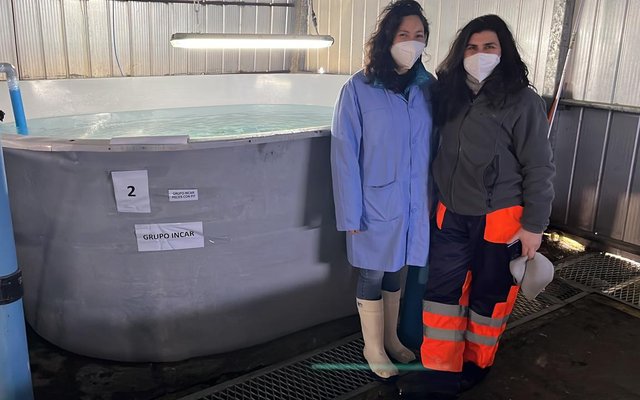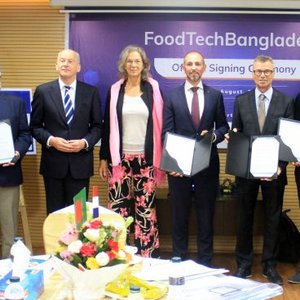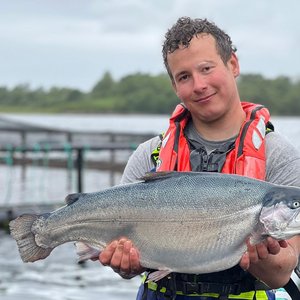The Chilean Interdisciplinary Center for Aquaculture Research (INCAR) is partnering with Hendrix Genetics to determine the functional genetic markers for the selection of families of Atlantic salmon resistant to sea lice (Caligus rogercresseyi) after successive exposures to this parasite.
Salmon-resistant families were transferred to INCAR facilities to carry out at least three successive sea lice infections to assess whether there are changes in the phenotype of these families, that is if they lose their resistance.
“In sea farms, fish are exposed to sea lice infections throughout the production cycle. That is why with this study we want to evaluate if a resistant family maintains its character after successive infections, and establish whether those susceptible families develop what is known as acquired resistance,” Valentina Valenzuela, associate researcher at INCAR, explained.
“As part of the collaboration, we have worked in a first stage with families of Atlantic salmon challenged at the first sea lice stages. From this trial, skin and anterior kidney samples from the highest and lowest burden fish were sequenced after 14 days of infestation. From the RNA-Seq study, we have already identified a series of genes associated with these phenotypes, which are candidates to be used as biomarkers to complement the genetic selection tools used in the industry. The second stage of this study is to use the families that were transferred for their evaluation after successive infections and validate the already identified genes as biomarkers of resistance and/or susceptibility to sea lice,” Valenzuela said.













